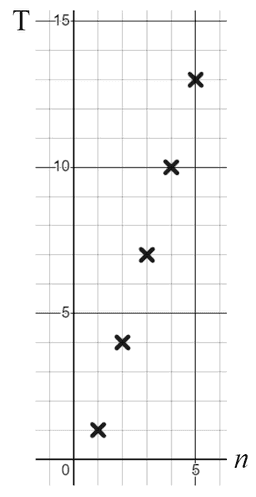
Representing geometric sequences graphically
Quiz by Oak National Academy: KS3 Maths (2)
Feel free to use or edit a copy
includes Teacher and Student dashboards
Measure skillsfrom any curriculum
Measure skills
from any curriculum
Tag the questions with any skills you have. Your dashboard will track each student's mastery of each skill.
With a free account, teachers can
- edit the questions
- save a copy for later
- start a class game
- automatically assign follow-up activities based on students’ scores
- assign as homework
- share a link with colleagues
- print as a bubble sheet
6 questions
Show answers
- Q1Which type of sequence is represented by this graph?Users sort answers between categoriesSorting30s
- Q2How can you tell that the sequence 17, 24, 31, 38, 45, ... is arithmetic?It has a constant multiplicative relationship between successive terms.It is increasing.It has no negative terms.It has a common additive difference between successive terms.30s
- Q3How can you tell that the sequence 0.02, 0.2, 2, 20, 200, ... is geometric?It has a common additive difference between successive terms.It has no negative terms.It is increasing.It has a constant multiplicative relationship between successive terms.30s
- Q4Sofia plots the graph of this arithmetic sequence. Which of these coordinates should Sofia plot?Users sort answers between categoriesSorting30s
- Q5Which of these will be one of the first five terms in the geometric sequence that has a first term of 1.25 and a common ratio of 2?Users sort answers between categoriesSorting30s
- Q6The missing term of this geometric sequence is ______.Users enter free textType an Answer30s
